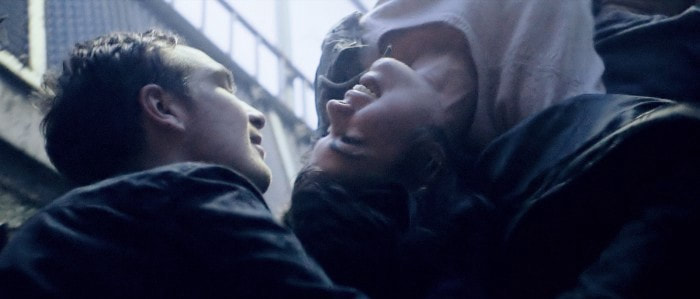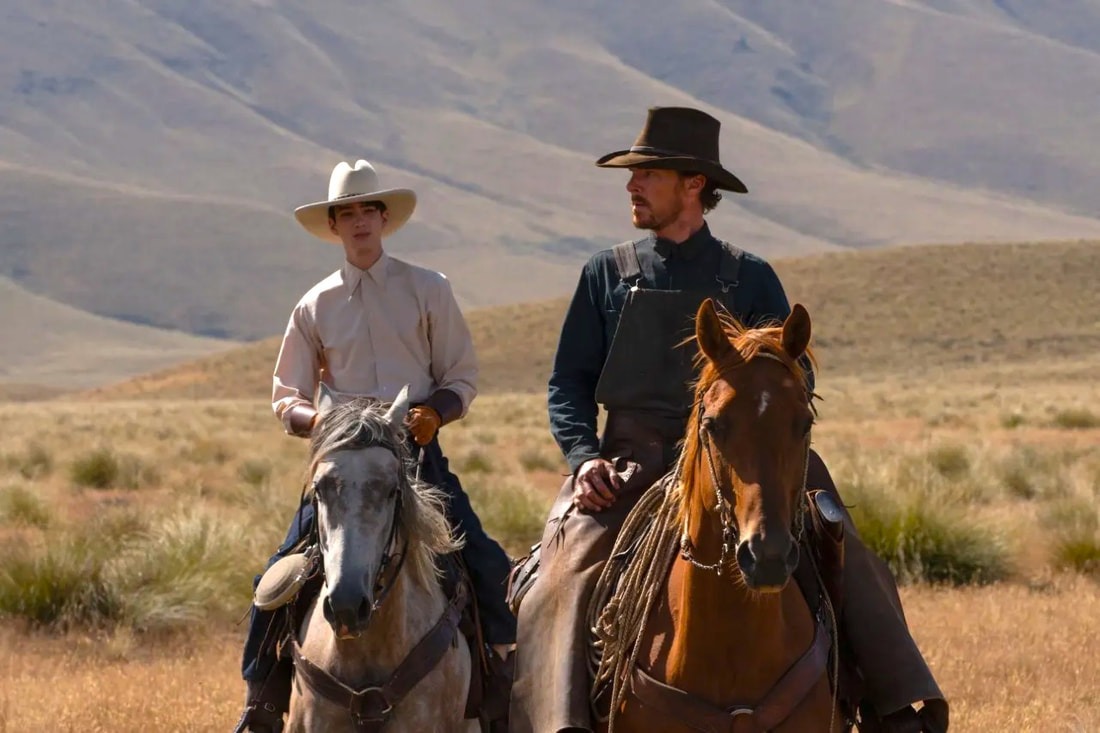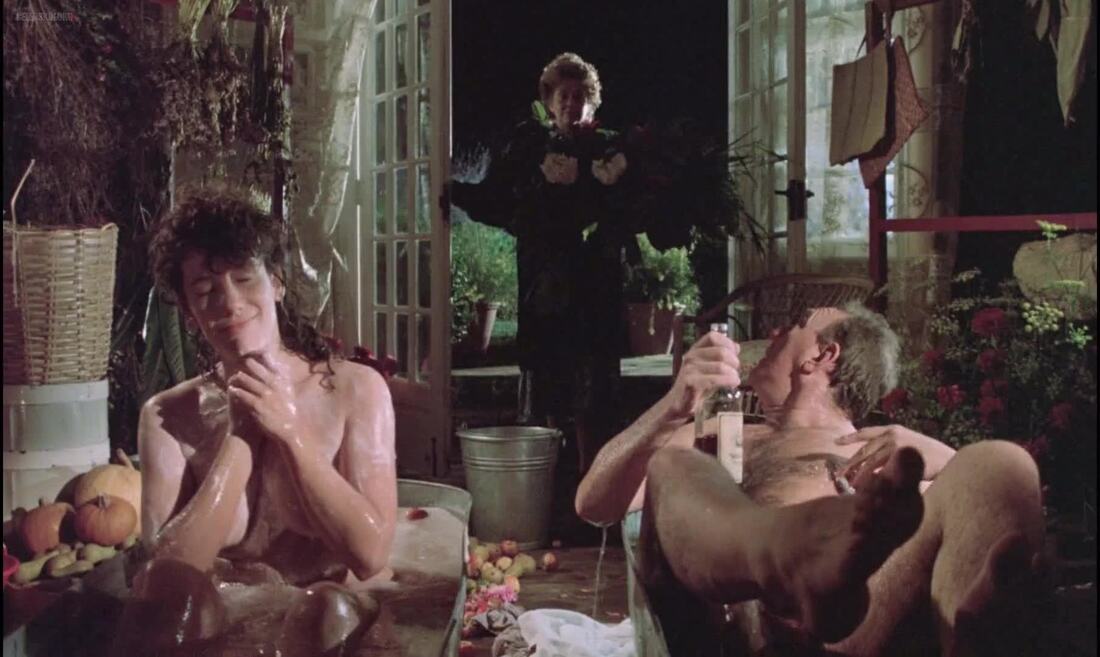
Tanna is the name of a tiny island east of Australia. It is populated by several small tribes of people. The film, Tanna, is a true story that took place on the island. The actors in the film play themselves and together they reenact this pivotal event from their history.
The Island is beautiful and green with grass hut villages and towering volcanoes. This is the mythologized land of Captain Cook, exotic and fecund. The tribespeople that live there are primarily hunter-gatherers but have settled in villages. They mostly have stone-age technology but have one or two western tools they most likely received from contact with the west. It’s unlikely that they have smelting technology but they have machetes.

Only a few weeks prior to watching Tanna I happened to watch two other films, Moolaadé, about a tribe in Senegal, and Owen Child about a tribe in Ethiopia. Both films were about important changes in tribal culture and both films highlighted the oppression and suffering that came from living under an entrenched patriarchal system.
The patriarchal system is by far the most common organizational system on earth. It dominates both large industrialized nations like China, Mexico, and India as well as smaller tribal peoples like those in the Amazon, New Zealand, or Iran. The father is the unquestioned head of the family. His decisions are absolute and final. He answers only to the ceremonial father of the tribe or government. A hierarchy is instituted and everyone supports the system by hanging on tight to whatever small bit of power the hierarchy gives them.
It’s unfair to expect the tribes of Tanna or anywhere else to be better than the rest of the world’s cultures but there is always the hope that some isolated group of people might produce something more egalitarian or humane.
Just as Tanna follows a familiar ideology so does its stories. Narratives, especially folk or shared narratives, naturally reflect and reinforce the values of the culture that produce it. They reinforce the power structure. Such is the case with the film Tanna. The story is true and it is told in a way that allows it to adhere to a traditional trajectory. It’s a story of forbidden romance where two young adults fall in love against the wishes of their tribe. They must choose between staying within the bosom of the family and tribe or following their own hearts. In turn, the tribespeople must face the consequences that such transgressions inevitably entail.

The functional difference in these Romeo and Juliet stories is how they end. Does the couple tragically die illustrating a cautionary tale for the audience or does the loving couple lead the way to a new era of liberation? The stories either support the patriarchy by showing its resilience in the face of challenges, or the stories challenge the system by putting the suffering they cause on display.
One of the elder women of the tribe tries to explain to Wawa, the young woman who has fallen in love with the wrong man, why Wawa should adhere to the traditions. “Wawa, we understand you. We’ve all experienced what you’re feeling. My marriage was arranged like everyone’s was. I respected my parents and I’ve been here a long time. I’ve never had any regrets. If you disobey us your life will be miserable.”
Notice how patriarchy is defended. The justification is almost always the same, we must live this way because we have always lived this way, which is no justification at all. Reasoning with authority weakens the authority. Members of the tribe are expected to obey unconditionally. Then lastly the advice is finalized with the threat of eternal misery.
Arranged marriage is not necessarily patriarchal in and of itself, but along with it often comes a patriarchal support system that uses arranged marriage as part of its framework. Wawa is to be married off to a member of a warring tribe in order to promote peace. She is to be a gift, along with a pig and a plant.
The hierarchy of the family conditions the children to accept the power structure through the dictates of their parents. They are conditioned to accept it as not only normal but as honorable and moral as well. Then once you come of age you are ready to accept the same framework but on a tribal scale where you must defer to your superiors.
There is a key scene in the film that brings up questions about where these traditions come from. One of the elders is trying to convince Wawa that arranged marriage is an important custom. He takes out a magazine and shows her photographs of Prince Philip and Queen Elizabeth. It is strange to see such a product in the little grass hut but the elder explains that the two monarchs in the photograph had an arranged marriage and it worked for them.

The scene opens the door to the possibility that the patriarchy of the tribe may have come from an outside influence. There is actually a long history beginning with Captain Cook of Europeans visiting the island, but there is no record or evidence that arranged marriage was a foreign influence. However the system came to be, its intensity is fueled by outside pressure. There is a Christian mission on the island. The tribe does not approve of the mission and fear that it will bring an end to their way of life. This fear helps to deepen the tribe’s dedication to their traditions. The closer The West gets the greater the tribe fears assimilation.
Tanna is the story of how and why two tribes chose to abandon the custom of arranged marriage. It is a story about the end of one era and the beginning of a new one. Allowing women to have a say in who they will marry is a step away from patriarchal power and may sew the seeds of further changes.
The film was made in 2015 by two Australians named Martin Butler and Bentley Dean. Together they lived with the tribe for 7 months before they organized and directed the film. There are layers of colonialism that are folded into the film’s narrative as well as its production. Australia has its own strange relationship to colonial rule having been founded as a penal colony for British criminals. These outcasts from British society were marginalized, but once they were established, Australia went on to colonize and displace the Aborigines.

Like Australia, the island of Tanna was once under British rule. The British claimed sovereignty over Tanna in 1880. It was not until a century later in 1980 that Tanna was granted its independence. The politics of who gets to tell whose story is complex here but there is also the matter of who the story is being told to. The tribes of Tanna had never seen cameras or film. They acted out their story and then Butler and Dean took the resulting footage home to edit and produce. The tribespeople were brought to the premier but it could be argued that the film was made for a European audience.
The layers and relationships here are too tangled to come to some sort of coherent ethical evaluation of the whole production, but it is interesting to see how the issues in the film in some ways mirror the issues surrounding the film. Back on the island, the making of the film has surely become a tribal story in and of itself. Like the tribe’s other stories it will be woven into the fabric of their culture and exert its own unique influence. The tribe will ultimately decide what the story means and what lessons they wish to take from it, and Western audiences will do the same.

If you enjoyed this article click here for more
www.filmofileshideout.com/archives/lee-isaac-chungs-powerful-film-munyurangabo



